Introduction
VOCs are a type of chemical compound that gets into the air and causes health problems. They're found in many household products and industrial solvents, making them hard to avoid entirely. Some people believe that an air purifier can remove VOCs from their home, but this isn't as simple as it sounds—especially considering what an air purifier actually does.
What are VOCs and SVOCs?
VOCs:
The World Health Organization defines volatile organic compounds (VOCs) as organic compounds with a boiling point between 68.74 and 286.79 °C, and a saturated vapor pressure of more than 133.32 Pa at room temperature.
SVOCs:
There are more than 500 kinds of VOCs detected Semi-volatile organic compounds (SVOCs) refer to organic compounds with a boiling point between 170 and 350 °C and a vapor pressure between 10.5 and 13.3 Pa. The SVOCs mainly include some polycyclic aromatic compounds, lipids containing benzene rings, esters containing benzene rings, biphenyls and so on.
What are the sources of VOC and SVOC?
VOCs and SVOCs are volatile organic compounds that can be divided into two aspects: natural sources and anthropogenic sources.
Natural sources mainly include: forest activities, volcanic eruptions, etc.
The main volatiles include: terpenes, benzenes, aliphatics, hydrocarbons, alcohols, aldehydes, esters.
Anthropogenic sources mainly include: road transportation (fuel/petroleum use emissions), solvent use (including paints, adhesives, aerosols, metal cleaning and printing), oil production (burning and venting of natural gas), oil refining (burning and free gas) tissue discharge), oil or refined products (when evaporating from storage to discharge tanks).
The main volatiles include low molecular aldol esters; aromatic hydrocarbons; phenols; organic acids and organic bases (such as nicotine); benzopyrene.
The Effects of Volatile Organic Compounds on the Home
Home environments contain many VOCs from paint, cleaning products, furniture and air fresheners. Breathing VOCs for a long time can cause headache, nausea, insomnia, chest tightness, fatigue, confusion, coma, allergic dermatitis, bronchial asthma
What are the ways to remove indoor VOCs? & How to remove vocs from home?
1.The use of environmentally friendly building materials can effectively reduce VOCs and other gases. These emissions include benzene and formaldehyde from drywall, urea formaldehyde from insulation, polyvinyl chloride from vinyl flooring, vinyl chloride from paints and finishes, carbon monoxide and ozone from carpets, couches and other furnishings. The use of earth-friendly materials instead can improve indoor air quality and make your home safer for you and your family!
2.Ventilation is closely related to indoor air quality. Effective ventilation is a simple and feasible method to reduce indoor air pollutants, improve building thermal conditions, enhance occupant comfort and productivity, promote energy savings and meet life safety requirements.
3.Using an air purifier in your home or bedroom can effectively reduce VOCs and other gases emitted by everyday household items, such as paint, carpet and linoleum.
Do air purifiers get rid of vocs?
I recommend activated carbon purifiers to remove VOCs
Activated carbon can remove volatile organic compounds more effectively than conventional purifiers. Its effectiveness comes from that the activated carbon is chemically treated and added to the filter screen of the purifier. This adsorbs VOCs and other molecules in the air through a process called adsorption. Activated carbon can remove odor in indoor air, volatile organic compounds including toluene, benzene and xylene, so as to achieve cleaner ventilation conditions.Conclusion
VOCs are a type of chemical compound that gets into the air and causes health problems. They're found in many household products and industrial solvents, making them hard to avoid entirely. Some people believe that an air purifier with activated carbon filter can remove VOCs from their home, but this isn't as simple as it sounds—especially considering what an carbon filter air purifier actually does.

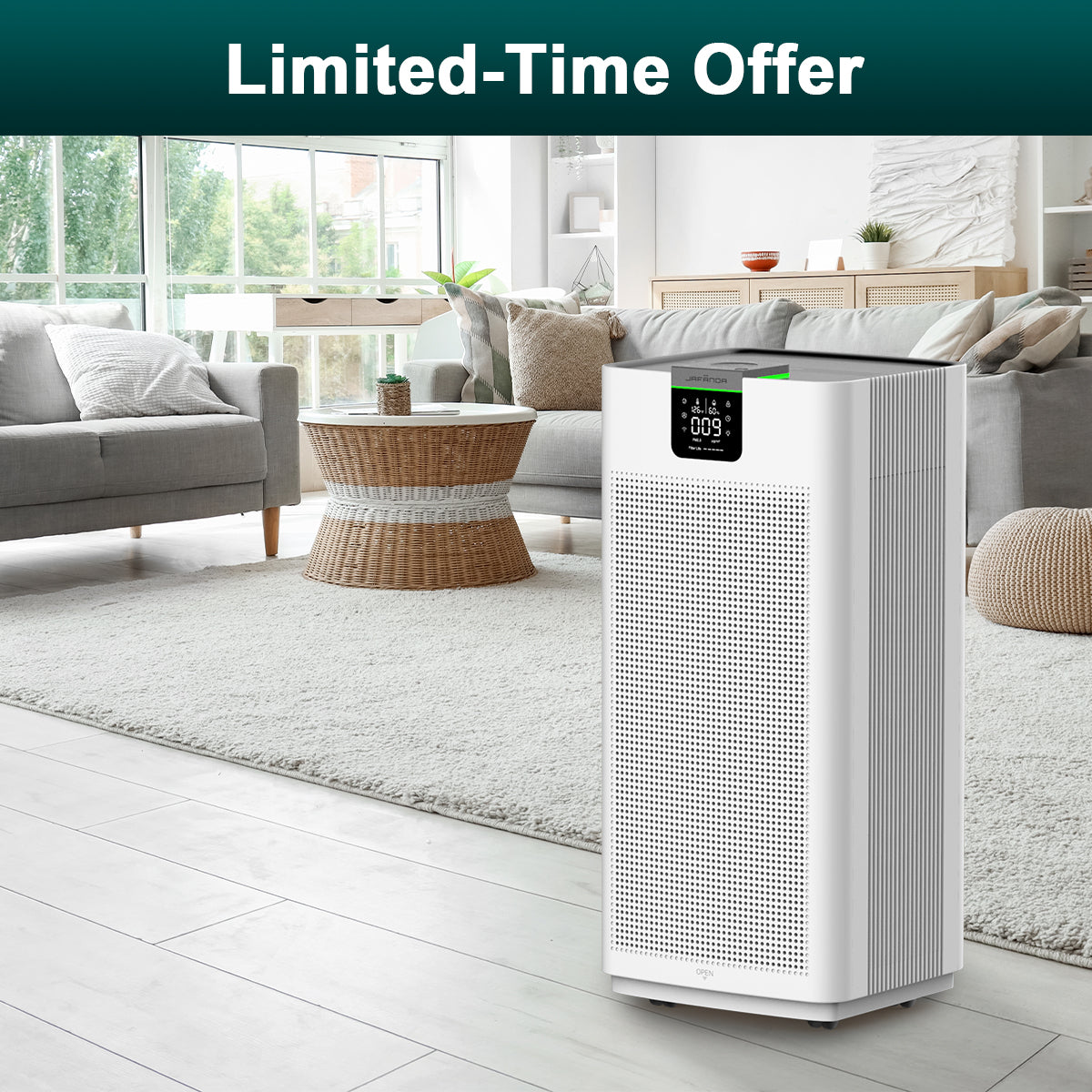
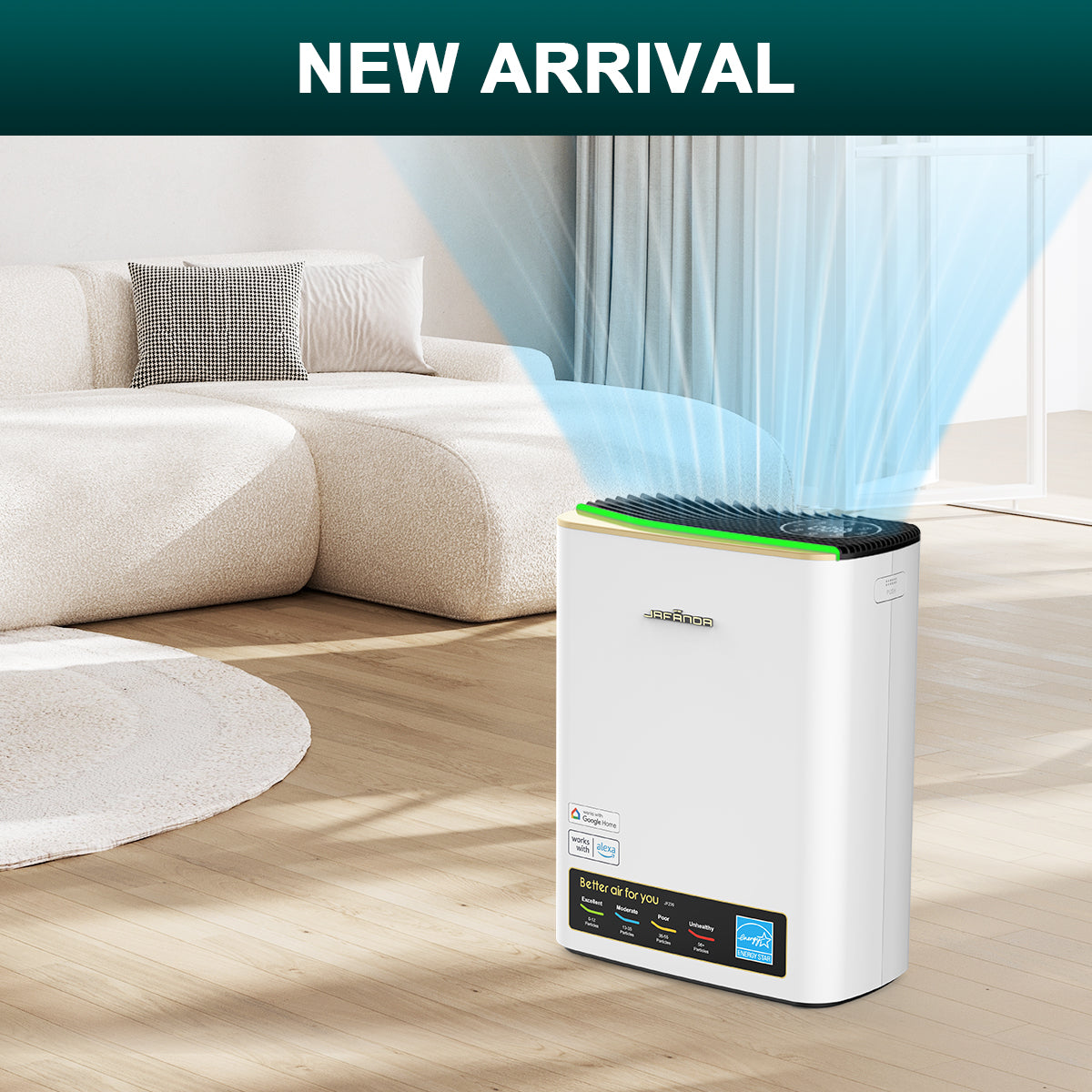

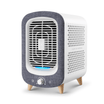
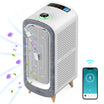
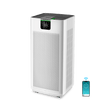
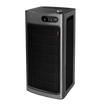
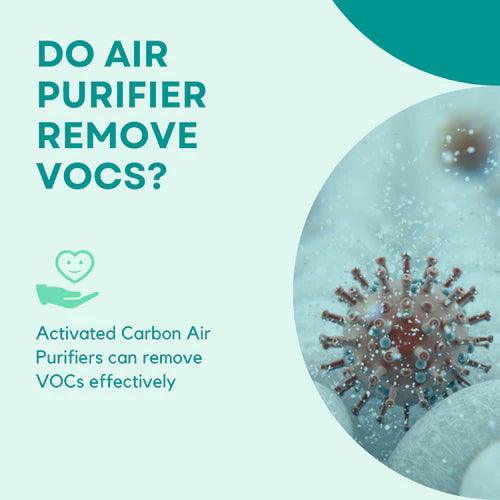
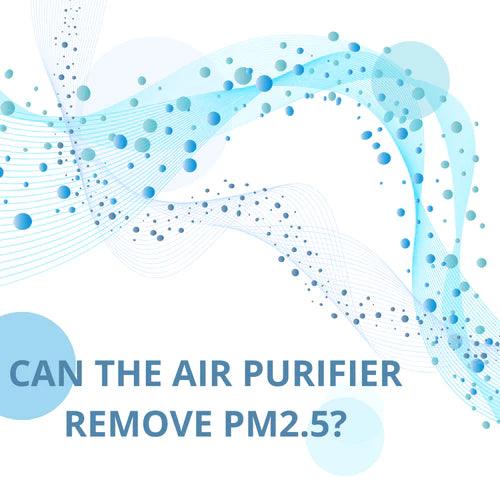
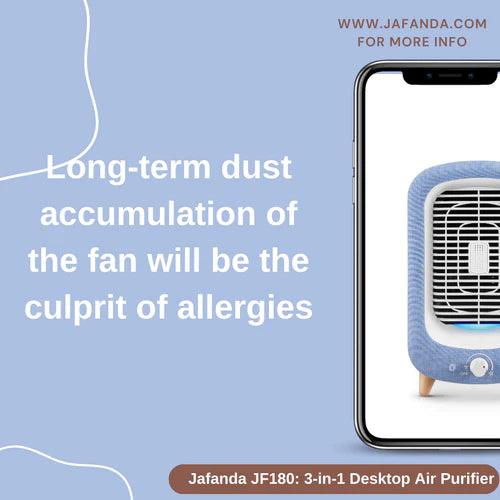
Leave a comment
All comments are moderated before being published.
This site is protected by hCaptcha and the hCaptcha Privacy Policy and Terms of Service apply.